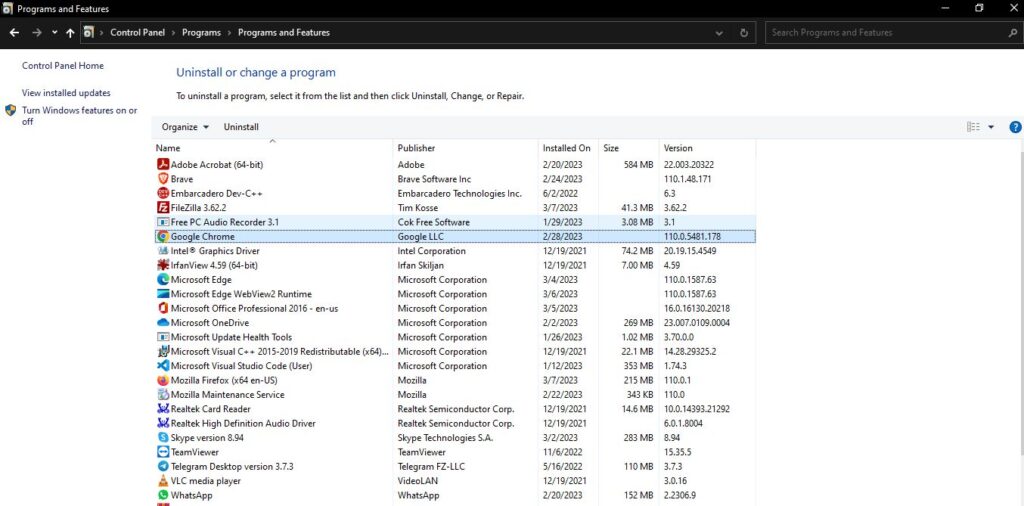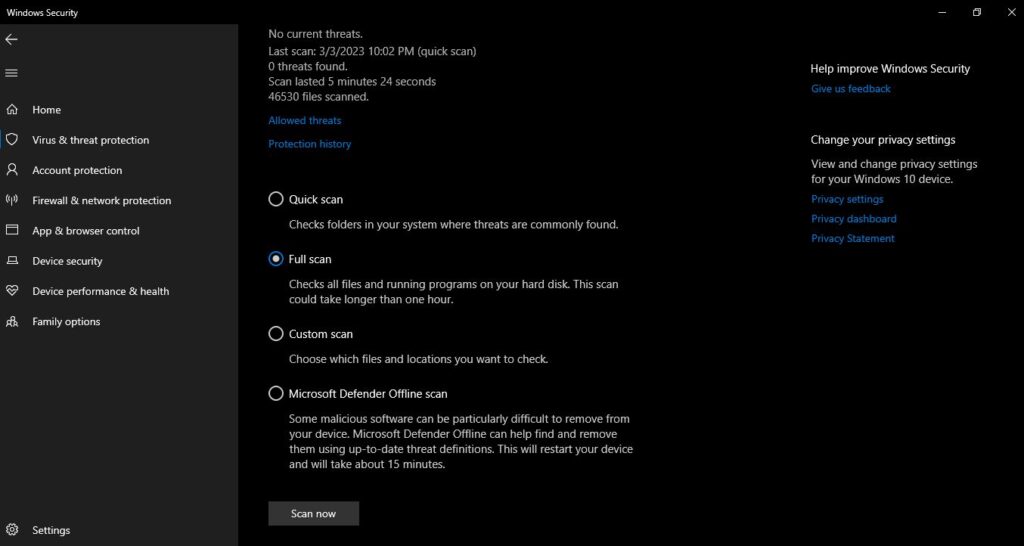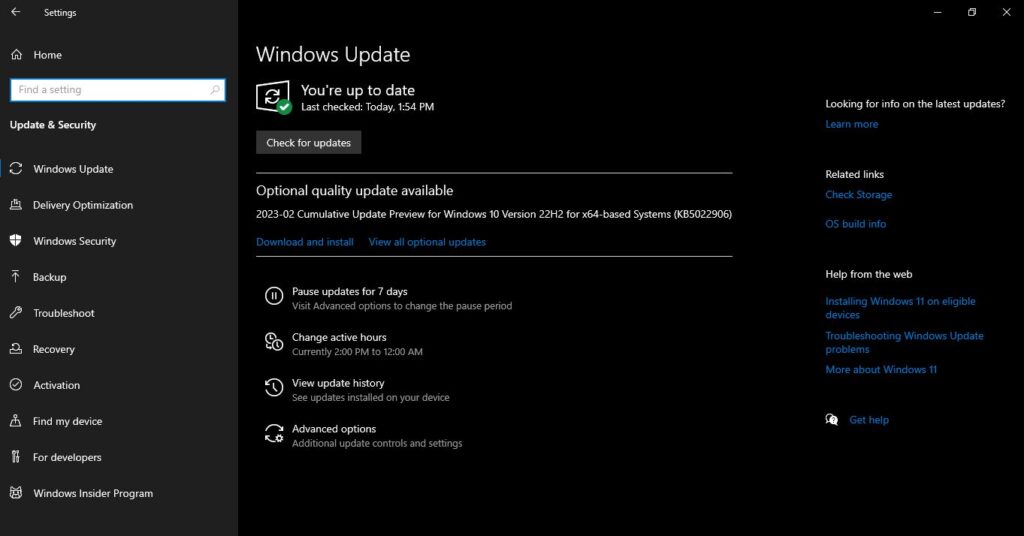Laptops are essential devices that we use in our day-to-day life. They help us work, study, entertain and communicate efficiently. However, laptops tend to slow down as time passes, which can be frustrating. This article will provide a comprehensive guide on speeding up your slow laptop and making it run like new again.
Causes of Slow Laptops
There are several reasons why laptops slow down over time. Some of the most common causes include:
- Overloading the hard drive with too many files and programs
- Running too many programs at once
- Having too many browser tabs open
- Running an outdated operating system
- Having too many startup programs
- Infections from viruses and malware
How to Speed Up Your Slow Laptop
Here are some practical ways to speed up your slow laptop:
1. Uninstall Unnecessary Programs and Files
Uninstalling programs and files you no longer need can free up valuable space on your hard drive and improve performance.

A step-by-step guide to uninstall unnecessary programs and files on your Windows laptop:
- Open the Start menu and click on the Control Panel.
- In the Control Panel, click on “Programs and Features.”
- Scroll through the list of programs and select the one you want to uninstall.
- Click “Uninstall” at the top of the window or right-click on the program and select “Uninstall.”
- Follow the prompts to uninstall the program entirely.
- After uninstalling the programs, go to the Start menu and open File Explorer.
- Navigate to the folder where the program was installed and delete any leftover files or folders.
- Repeat steps 3-7 for any other programs or files you want to uninstall and delete.
- Empty the Recycle Bin to permanently remove the uninstalled files and free up space on your hard drive.
Note: Be careful not to uninstall any important programs or files necessary for your laptop’s functionality.
2. Disable Startup Programs
Too many startup programs can slow down your laptop’s boot time.

To disable these programs,
- Open the Task Manager by pressing the “Ctrl+Shift+Esc” keys on your keyboard, or right-click on the taskbar and select “Task Manager.”
- Click on the “Startup” tab at the top of the window.
- You will see a list of programs that start automatically when you turn on your laptop.
- To disable a program, click on it to select it, and then click on the “Disable” button at the bottom of the window.
- Repeat step 4 for any other programs you want to disable.
- If you’re not sure what a program is or if you need it, right-click on it and select “Search online” to do some research.
- Once you’ve disabled the programs you don’t need, close the Task Manager and restart your laptop.
- Your laptop should now start up faster and run more smoothly.
3. Clear Your Browser Cache and Cookies
Clearing your browser cache and cookies can free up space on your hard drive and improve the performance of your internet browser.

Here is a step-by-step guide in bullet points to clear your browser cache and cookies:
For Google Chrome:
- Open Google Chrome and click the three dots icon in the window’s top right corner.
- Select “More tools” from the dropdown menu and click “Clear browsing data.“
- Choose the time range you want to clear (e.g. “All time” to remove everything), and make sure the checkboxes next to “Cookies and other site data” and “Cached images and files” are checked.
- Click on the “Clear data” button at the bottom of the window.
- Once the process is complete, close and reopen your browser.
For Mozilla Firefox:
- Open Mozilla Firefox and click on the three lines icon in the window’s top right corner.
- Select “Options” from the dropdown menu, and then click on “Privacy & Security” from the left-hand menu.
- Scroll to the “Cookies and Site Data” section and click the “Clear Data” button.
- Make sure the checkboxes next to “Cookies and Site Data” and “Cached Web Content” is checked, and then click on the “Clear” button.
- Once the process is complete, close and reopen your browser.
For Microsoft Edge:
- Open Microsoft Edge and click the three dots icon in the window’s top right corner.
- Select “Settings” from the dropdown menu, then click “Privacy, search, and services” from the left-hand menu.
- Under the “Clear browsing data” section, click the “Choose what to clear” button.
- Make sure the checkboxes next to “Cookies and other site data” and “Cached images and files” are checked, and then click on the “Clear now” button.
- Once the process is complete, close and reopen your browser.
Note: Clearing your browser cache and cookies will log you out of any websites you previously signed in to, so ensure you have any necessary login information before proceeding.
4. Run a Virus Scan
Viruses and malware can slow down your laptop significantly. To protect your computer, running a virus scan regularly is essential. Most antivirus software has a “Full System“, an option to scan your computer for threats.

5. Upgrade Your Operating System
Running an outdated operating system can slow down your laptop. Go to “Settings” and “Update & Security” to upgrade your operating system. From here, you can check for updates and install the latest version of your operating system.

6. Clean Up Your Hard Drive
Over time, your hard drive can become cluttered with temporary files, old downloads, and other unnecessary files. This can slow down your laptop and take up valuable space. To clean up your hard drive, use a disk cleanup tool or manually delete any files you don’t need.
Here is a step-by-step guide to cleaning up your hard drive:
- Open File Explorer and select “This PC” from the left-hand menu.
- Right-click on the drive you want to clean up (e.g. C:), and select “Properties” from the dropdown menu.
- Click the “Disk Cleanup” button under the “General” tab.
- Wait for Windows to scan your hard drive for files that can be safely removed.
- Check the boxes next to the file types you want to delete (e.g. Temporary Internet Files, Recycle Bin, etc.).
- Click the “OK” button at the bottom of the window to delete the selected files.
- Alternatively, you can click the “Clean up system files” button to remove additional files taking up space on your hard drive.
- Follow the prompts to complete the cleanup process.
Note: Be careful not to delete any critical files or folders necessary for your laptop’s functionality.
FAQs:
Q. How often should I update my software?
It’s a good idea to check for software updates at least once a month. However, you should also enable automatic updates to ensure your laptop is always up-to-date.
Q. Can I optimize my laptop without spending money?
Yes, most of the optimization tips listed in this article are free. However, upgrading your hardware may require a financial investment.
Q. How do I know if my laptop needs an upgrade?
If your laptop is slow after following the optimization tips, it may be time to upgrade your hardware. You can check your laptop’s specifications to see if it meets the minimum requirements for the programs you use.
Conclusion
Optimizing your laptop is essential for maximum performance and efficiency. These simple tips can improve your laptop’s speed and save valuable space on your hard drive. Remember to update your software regularly, uninstall unused programs, and clean up your hard drive. If your laptop is still slow, consider upgrading your hardware. With these tips and tricks, you can get the most out of your computer and enjoy a seamless computing experience.

